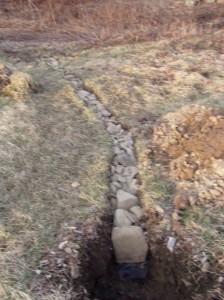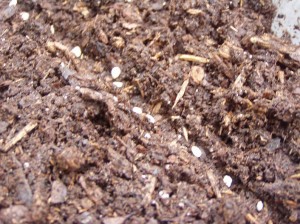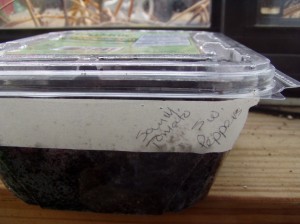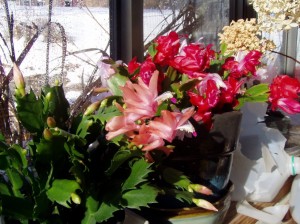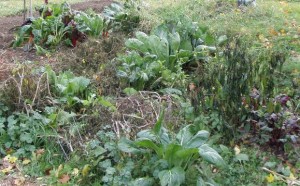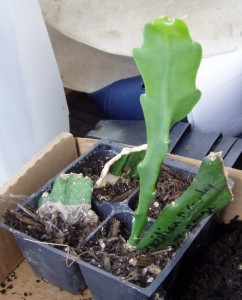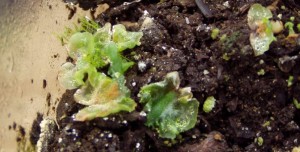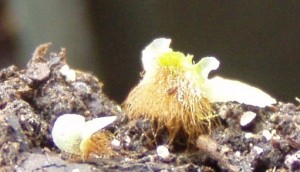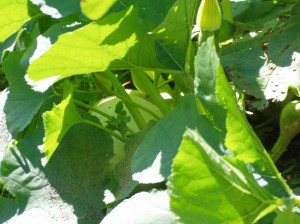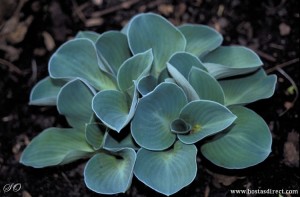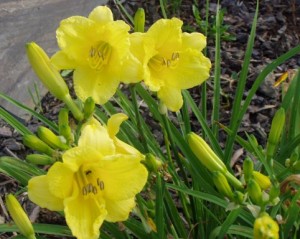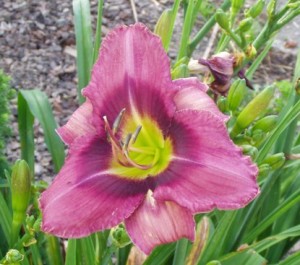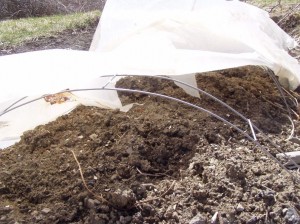 I hear more and more from people who want to get into gardening, feel overwhelmed, don’t know where to start and so on.
I hear more and more from people who want to get into gardening, feel overwhelmed, don’t know where to start and so on.
For the ‘I want to garden’ part, I say, “Hurray!! Another convert!”
For the ‘overwhelmed, don’t know where to start part,’ I say, “Ok, pour yourself a cup of coffee or tea and let’s sit down and talk about this a little bit.”
I don’t really care about why you want to garden (I’m a ‘find a hole and fill it’ sort of gardener myself and earned my stripes entering weasley looking carrots and droopy lettuce in a junior garden club show run by the local Men’s garden club when I was in the sixth grade. Somewhere, someplace, that white ‘honorable mention’ ribbon is at the bottom of a box in memory). I don’t care if the only thing you ever grew is a houseplant on a windowsill..or if you never grew anything at all but want to now. I don’t care if your interest is a whole bed of sweet corn, a year’s worth of broccoli or a tomato plant in a pot.
What I do care about is that you ENJOY it. A very short story to illustrate: Once, many years ago, the DH got super ambitious and decided that we needed a MUCH larger garden. Like, huge. And he decided to rip up a spot on the hill next to the barn that was probably 1/4 acre.
With a pick and a shovel. Not even a lawn tractor with a tiller on it. By hand. And he spent his entire vacation with this, hour after hour…day after day. The amount of sweat he put into that was amazing. And by the end of it, we had row upon row of tomato plants and pepper plants and potatoes and carrots and onions, all nicely planted, with the seeds just waiting to come up. And he decided to do just one..more…bit…of..a..dig.
And we ended up at the doctor’s with the DH, me pregnant with child number two, the 2 year old (who was grumpy at the time because we had interrupted her nap), and a completely useless arm. He’d ripped several tendons with all the digging you see. He spend the rest of the summer in a brace on his arm.
So, there we were with garden as far as the eye could see. I could only keep up with a rather small amount of all of that, so rather sooner than later, the garden disappeared under a jungle of weeds, squashes running rampant and goodness knows what else. We did not garden again for a very long time after that. When we did, we analyzed what had gone so horribly wrong.
First, location. The damn thing was so far away from the house that even just going up there was a chore. When we had first started gardening, at a different house, the garden was about 10 steps from the back door. We had a lovely time after dinner most nights just going out and taking a look at what was going on, pulling the odd weed, harvesting the odd bean or tomato. On weekends, we would put in a bit more work in terms of weeding, hacking back the spaghetti squashes with a lawn mower, that sort of thing. But the lesson here is this: Locate where you are going to grow stuff to eat close to where you are going to be, whether it’s on the deck in a planter box, next to the back door, next to the driveway where you are going to see it, a LOT. That makes it convenient and it also puts it where critters are not necessarily going to be able to get to it without being close to you (which they really don’t like).
Next, size. What the DH did was a case of ‘eyes bigger than stomach’ issue which put the garden into the range of requiring a team of people with gas-powered equipment to keep in shape. With him out of action and only one of me, we were defeated before we even started. Lesson from this: Keep the size of the thing, especially if you are just getting started, in the range of something you can get your arms around. This might be a couple of pots with tomatoes on the deck, or a flower box with collard greens and lettuce next to the back door, or some herbs. Or planting Rainbow Chard in the flower patch next to the back door (the stems are almost ‘glow in the dark’ so they are pretty splashy with the flowers). If you want to start with one bed, then make it something like 3 feet wide by 10 feet long. You can get a lot of production out of a space that big and as long as you keep an eye on it and pull the occasional weed, you can keep it under control and harvest things as you see them ripen. But, for the love of all things gardening, do NOT start with something 30 feet by 30 feet – after a month, you won’t be able to find a thing, trust me.
Other gardening thoughts for beginners:
What do you want to grow? What do you already like to eat and eat a LOT of? When you first start, it is completely easy to have things get out of hand. Like tomatoes? Then start with one, maybe two plants and make them two different things – like a cherry tomato and a plum tomato for sauce. You’ll get more cherry tomatoes than you can possibly dream of ever having, and you’ll have enough plum tomatoes to make fresh tomato sauce (which is heaven) and to freeze for winter sauce making and eating (take them out a little bit before you make a salad so that they are defrosting and you will have something that will beat any tomato you can find in the store, trust me). Like peppers? Buy a six-pack of sweet pepper plants and plant those. Take my advice and don’t buy a six-pack of hot pepper plants – you will end up with more hot peppers than you can ever use. Do you eat a lot of Italian (or Greek or Spanish) food? Then get plants for basil, oregano, cilantro and grow those (either in pots on the deck or in the garden). You can never have too much in the way of fresh herbs and eating a fresh tomato from your garden with fresh basil and olive oil is (well, I’m going to start there so I don’t start to swoon). What you don’t want to do it this: Grow a lot of stuff that you don’t already eat. Get your gardening legs under you so that you feel confident about growing the stuff you DO like to eat and then branch out from there. What you don’t want to do is finish the garden season with the thought that you threw out a lot of stuff that you couldn’t get your family to eat.
Something else: Don’t think that you are somehow some sort of weeny if you don’t grow things like tomatoes, peppers and so on from seed under lights inside your house. There is absolutely nothing wrong (or weak or silly or evil) about going to your local home and garden center and buying your plants there. Find someone truly local (not the big box national chains) to buy your plants – they will be growing things that they know will grow and grow well for you in your climate. You’ll be able to get a tomato plant in a big pot for the deck, for example – it might even already have flowers on it (woohoo!!). Much more enjoyable for someone just starting out.
